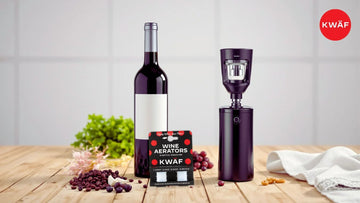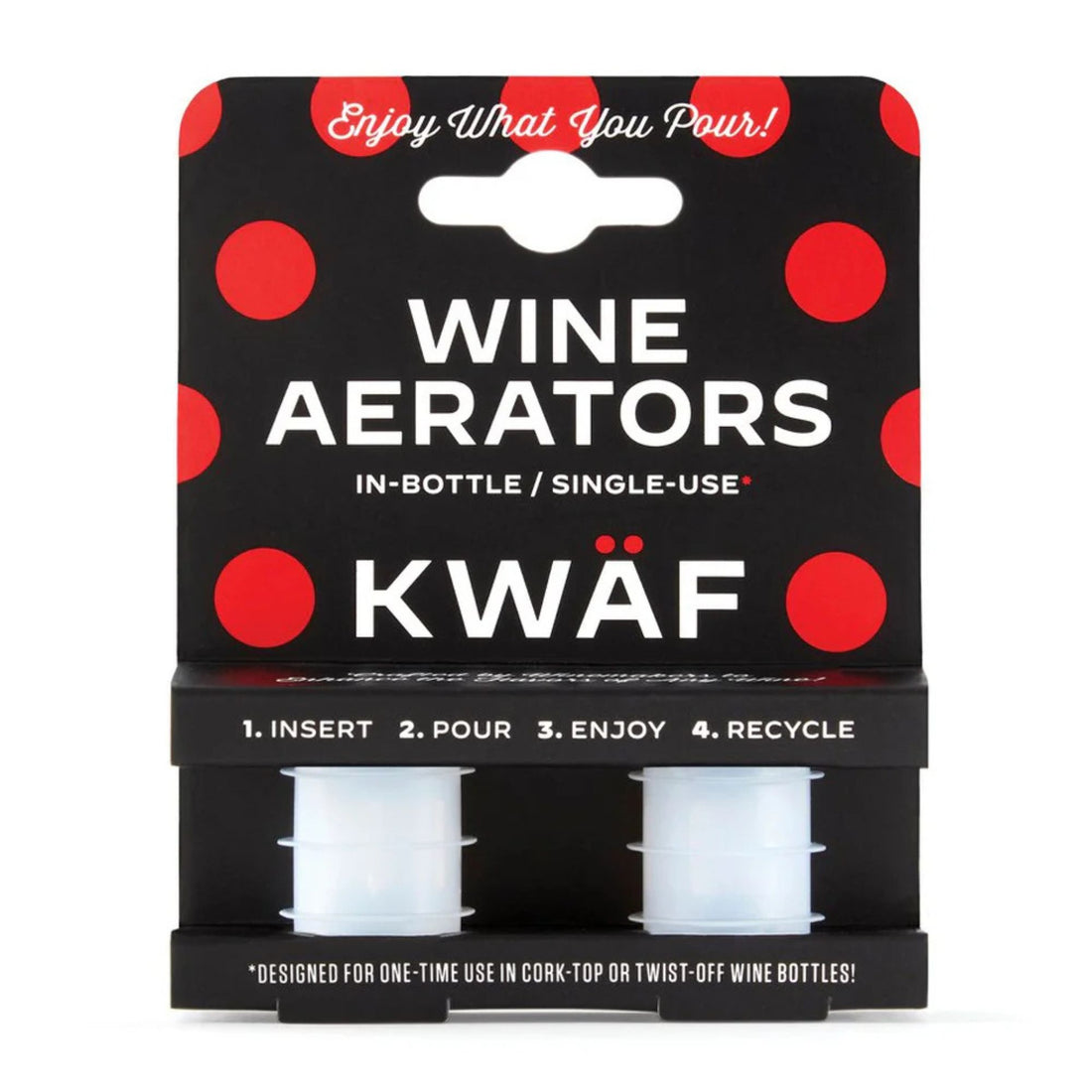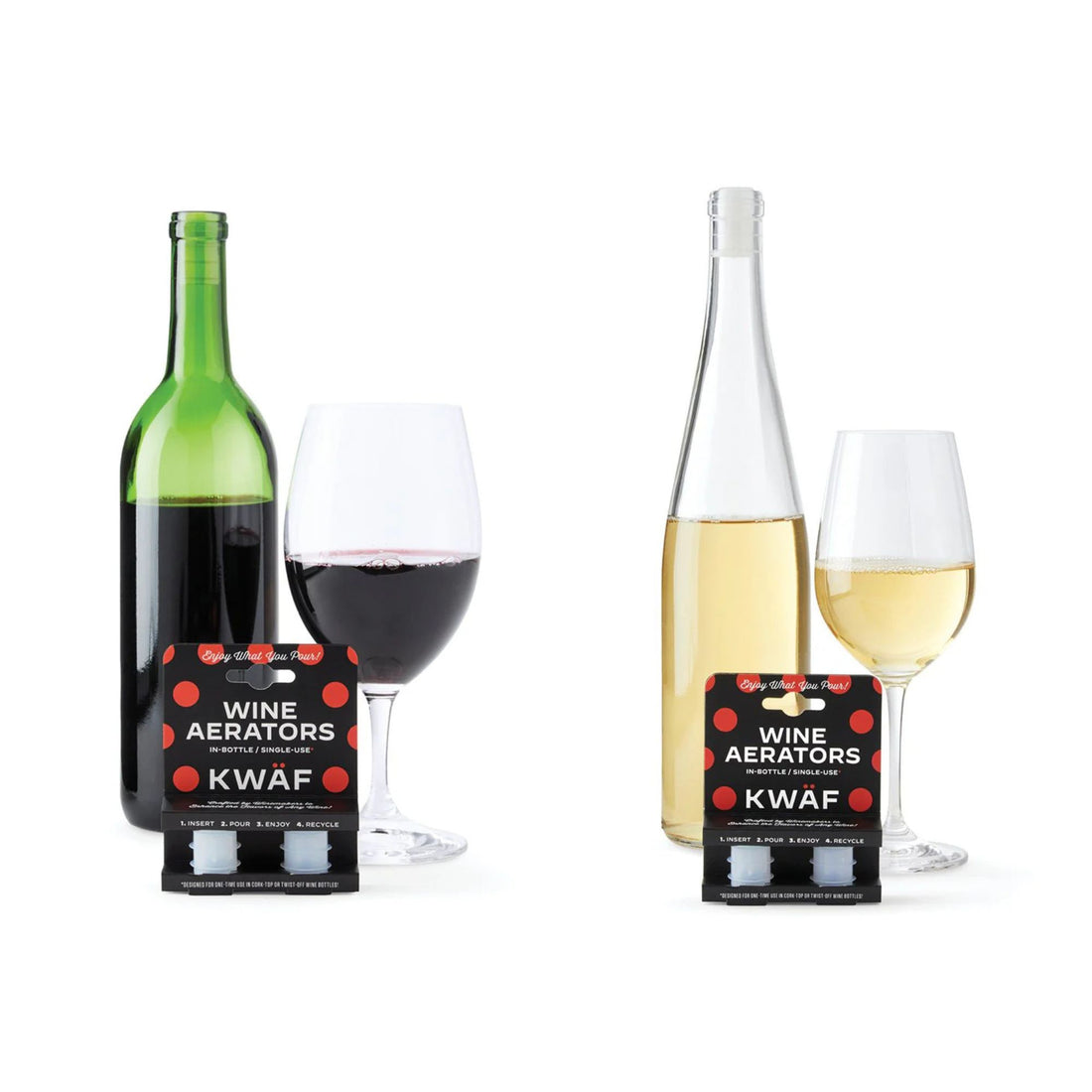If you've ever wondered about the volume of wine in a standard 750 ml bottle, you're not alone. Understanding How many ounces are in a 750 ml bottle of wine is essential for various reasons, whether hosting a gathering, planning a dinner party, or simply curious about wine measurements. In this article, we'll delve into this common question and provide a clear explanation, helping you confidently navigate the world of wine.
Understanding Wine Bottle Sizes
Before we dive into the specifics of ounces in a 750 ml bottle, let's first understand the standard sizes of wine bottles. From petite bottles perfect for one glass to grand bottles fit for an elegant banquet, a wide range of sizes are available for wine bottles. The standard size, often used for retail purposes and serving at restaurants, is the 750 ml bottle. This size is widely recognized and is equivalent to approximately 25.4 fluid ounces.
How many fluid ounces is 750 ml wine?
So, let's get down to brass tacks: how much wine is in 750 milliliters? As previously mentioned, a 750 ml bottle contains around 25.4 fluid ounces. This measurement is based on the standard unit of liquid volume in the United States, where one fluid ounce is approximately 29.57 milliliters.
When you purchase or serve a standard 750 ml bottle of wine, you get approximately 25.4 fluid ounces of liquid goodness. Depending on how big a pour you make, this quantity usually turns into five or six glasses of wine.

Why Does Bottle Size Matter?
Understanding the volume of wine in a 750 ml bottle is not only practical but also crucial for a few reasons:
- Serving Size: Knowing the ounces in a 750 ml bottle helps you determine the appropriate serving size for your guests or yourself, ensuring everyone enjoys their wine in moderation.
- Shopping: When shopping for wine, understanding bottle sizes can help you make informed decisions about quantities, especially if you plan for a specific event or occasion.
- Storage: Bottle size can also impact storage space and aging potential. Larger bottles, such as magnums or double magnums, age differently than standard 750 ml bottles due to the bottle's ratio of wine volume to oxygen.
Understanding the Metric System and Its Influence on Wine Measurements
The metric system, including units like milliliters and liters, is commonly used in the wine industry for measurements and volume calculations. Understanding the metric system's work can provide valuable insights into wine packaging, serving sizes, and production practices. For instance, knowing that a standard 750 ml bottle equates to approximately 25.4 fluid ounces helps consumers make informed decisions when purchasing wine. Moreover, familiarity with metric measurements enhances global communication within the wine community and underscores the international nature of wine appreciation and production.
Tips for Converting Between Ounces and Milliliters in Wine Serving
Converting between ounces and milliliters is a handy skill for wine enthusiasts, especially when dealing with recipes, serving sizes, or international wine selections. While the standard 750 ml bottle equates to around 25.4 fluid ounces, other bottle sizes may require different conversions. Understanding simple conversion formulas can streamline wine-related calculations and ensure accurate measurements. For example, multiply the number of ounces by 29.57 to convert ounces to milliliters. Conversely, divide the number of milliliters by 29.57 to convert milliliters to ounces. Armed with these conversion tips, wine lovers can confidently navigate various wine-related tasks and enjoy their favorite beverages with precision.
The Importance of Standard Bottle Sizes in the Wine Industry
For several reasons, standard bottle sizes, such as the 750 ml format, play a crucial role in the wine industry. Firstly, they facilitate uniformity and consistency in production, packaging, and pricing. Wineries and vineyards worldwide adhere to these standardized bottle sizes, making it easier for consumers to understand and compare different wines. Additionally, standard bottle sizes contribute to efficient shipping and storage practices, reducing costs and environmental impact. Understanding the significance of these bottle sizes sheds light on the broader dynamics of the wine market and enhances appreciation for the industry's attention to detail and tradition.

Exploring Alternative Bottle Sizes and Their Implications
While the 750 ml bottle is the standard choice for most wines, the industry offers a range of alternative bottle sizes, each with unique characteristics and implications. These alternative sizes cater to various preferences and occasions, from the intimate 375 ml half-bottle to the extravagant 3-liter double magnum. Exploring the pros and cons of different bottle sizes can deepen one's understanding of wine culture and enhance the enjoyment of wine. Choosing the right bottle size adds more thoughtfulness to the wine experience, whether for a cozy dinner for two or a grand celebration.
The volume of liquid in a 750 ml bottle of wine is around 25.4 fluid ounces. This standard bottle size is widely used and is convenient for purchasing, serving, and enjoying wine. Whether you're hosting a gathering or simply savoring a glass at home, understanding the ounces in a 750 ml bottle ensures you can fully appreciate your wine experience.
So, next time you're shopping for wine or pouring a glass, remember the volume of a standard 750 ml bottle. Cheers!
Discover the perfect blend of flavor and aroma with KWÄF Wine Aerators. At kwafwineaerators.com, we have a superior range of aerators that may help you bring out the best in your favorite wines.








